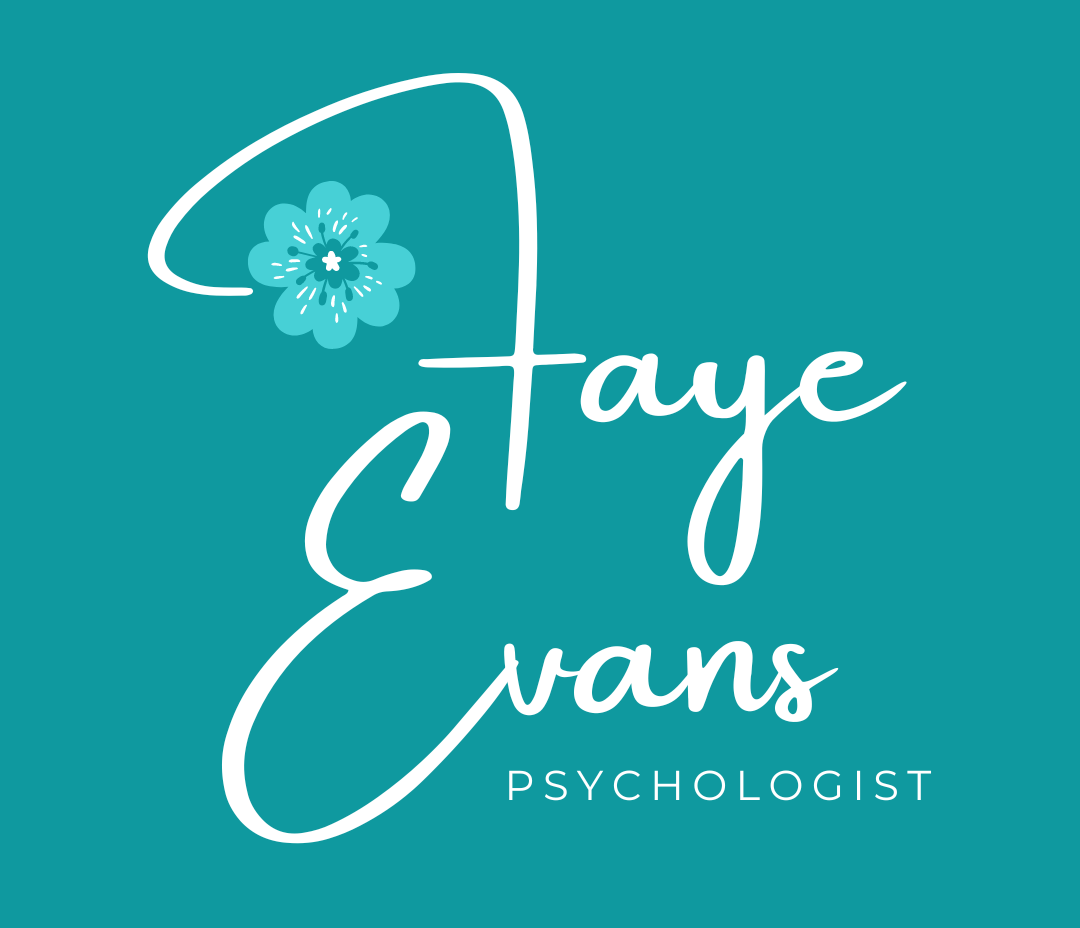Midlife arrives quietly at first. It rarely announces itself with clarity or grace. Instead, it slips in as a fatigue we can’t shake, a dissonance we can’t name, or a sudden grief for a life that once felt like our own. For many, midlife does not begin with a celebration but with an unravelling, a deep inner restlessness or exhaustion that no amount of sleep, success, or striving seems to cure. Yet from a psychological and spiritual perspective, this unravelling is not pathology. It is an invitation. Midlife is not the end of something; it is the threshold of something profoundly sacred.
In Western culture, we frequently see midlife as a crisis. The common story emphasises decline, regret, and losing youth. This negative view overlooks a deeper psychological truth: midlife is a stage filled with growth potential. Carl Jung said that “the afternoon of life must have a significance of its own and cannot be merely a pitiful appendage to life’s morning.” In other words, the dissatisfaction or confusion we experience isn’t a failure to enjoy life, it’s a signal to evolve.
From a neuropsychological perspective, midlife also represents a period of brain reorganisation. Research indicates that while some cognitive skills, such as processing speed, may decline slightly, other functions, especially those linked to emotional regulation, meaning-making, and wisdom, can improve with age (Park & Reuter-Lorenz, 2009). This transition often leads to a reassessment of what truly matters, fostering a desire to shift away from performative living and towards a more embodied, values-driven existence.
What we call midlife exhaustion is often the cumulative toll of decades of self-neglect. It is the price paid for internalising cultural ideals of perfection, productivity, and people-pleasing. For many women, especially, midlife coincides with caregiving burnout, hormonal shifts, career stagnation, and a slow erosion of self-identity. The exhaustion is not just physical, it is existential. Yet, this very depletion can become the fertile ground for a new kind of emergence. In depth psychology, this is seen as the individuation process, a movement toward authenticity, wholeness, and inner authority (Jung, 1961).
Reframing midlife as initiation honours this phase as a rite of passage. Traditional cultures recognised that certain life stages need symbolic death and rebirth. Initiation often involved letting go of the familiar, entering a liminal space of uncertainty, and returning transformed with fresh insight. Midlife too asks us to let go of the versions of ourselves built to please, survive, or succeed—and to reimagine what it means to live from the inside out.
In therapy, I often see clients in their forties and fifties come in with stories of restlessness or disillusionment. They have achieved what they thought would bring fulfilment, families, homes, and careers, but feel strangely disconnected from themselves. These clients are not broken. They are in the in-between, the space that author Richard Rohr calls “falling upward.” They are being asked not to return to who they were, but to remember who they’ve always been beneath the noise.
The midlife unravelling is also deeply linked to the nervous system. Years of running on adrenaline, managing stress, and suppressing emotional needs can cause dysregulation. From a Polyvagal Theory perspective, we might find ourselves shifting between hyperarousal (anxiety, urgency, over functioning) and hypoarousal (numbness, fatigue, withdrawal) (Porges, 2011). The body reminds us. But here, too, the body becomes the doorway. Practices that calm the nervous system, such as mindfulness, breathwork, yoga, somatic techniques, and gentle movement, help create the safety needed for integration and inner change.
Crucially, midlife requires a shift in how we relate to our struggles. Rather than seeing exhaustion, grief, or confusion as something to fix, we begin to see them as messengers. We become curious: What is this struggle asking of me? What truth have I been avoiding? What part of me is ready to return home? In this way, we move from resistance to reverence.
Midlife also prompts a reckoning with time. We begin to understand, often in a bodily way, that time is not infinite. This realisation can be grounding, but it also brings clarity. The trivial falls away. The genuine becomes non-negotiable. We might find ourselves saying no more often, leaving relationships or roles that no longer serve us. Redefining success not as external validation, but as internal harmony. This is not selfish; it is sacred. It is the act of returning to the centre of one’s own life.
In the second half of life, the questions shift from ‘How do I belong?’ to ‘What am I here for?’ From ‘Who do they want me to be?’ to ‘Who am I, truly, when I stop performing?‘ These are not questions the intellect alone can answer. They require silence, stillness, and soulful inquiry. They demand a willingness to venture into the wilderness of uncertainty and trust that something deeper is guiding the way.
From a psychological perspective, midlife serves as an invitation to integration. It is the period when we are called to confront the parts of ourselves we have rejected, the inner child, the forgotten dreams, the unhealed wounds and restore them to wholeness. As Dr. Clarissa Pinkola Estes states, “To be ourselves causes us to be exiled by many others and yet to comply with what others want causes us to be exiled from ourselves.” Midlife presents us with a choice: conformity or authenticity. Numbing or feeling alive. Collapse or re-creation.
The breakthrough, then, is not about becoming someone new; it is about remembering what has always been within. It is not a reinvention, but a return. A return to the inner wisdom that was buried under years of striving and survival. A return to the body. A return to soul.
When we allow ourselves to view midlife not as a breakdown but as a breakthrough, we begin to honour its sacred potential. We begin to see that exhaustion can be the threshold to awakening. That’s what falling apart feels like: falling into place. And that midlife is not a crisis to avoid, but an initiation to embrace.
References
Jung, C. G. (1961). Memories, Dreams, Reflections. Vintage Books.
Park, D. C., & Reuter-Lorenz, P. (2009). The Adaptive Brain: Aging and Neurocognitive Scaffolding. Annual Review of Psychology, 60, 173–196.
Porges, S. W. (2011). The Polyvagal Theory: Neurophysiological Foundations of Emotions, Attachment, Communication, and Self-regulation. W.W. Norton & Company.
Rohr, R. (2011). Falling Upward: A Spirituality for the Two Halves of Life. Jossey-Bass.
Van der Kolk, B. (2014). The Body Keeps the Score: Brain, Mind, and Body in the Healing of Trauma. Viking.
Estés, C. P. (1992). Women Who Run With the Wolves: Myths and Stories of the Wild Woman Archetype. Ballantine Books.

